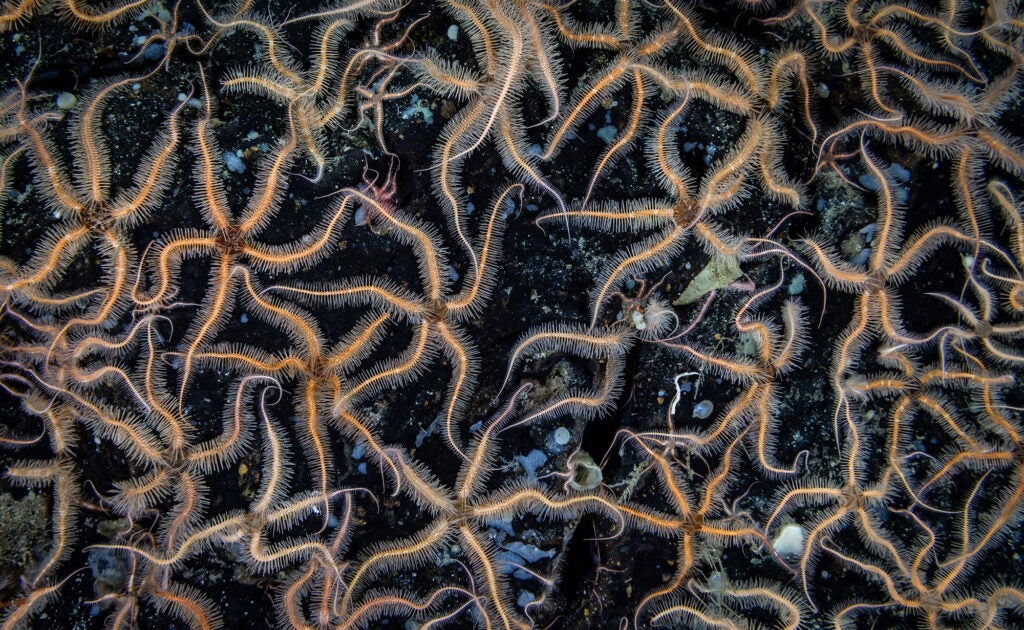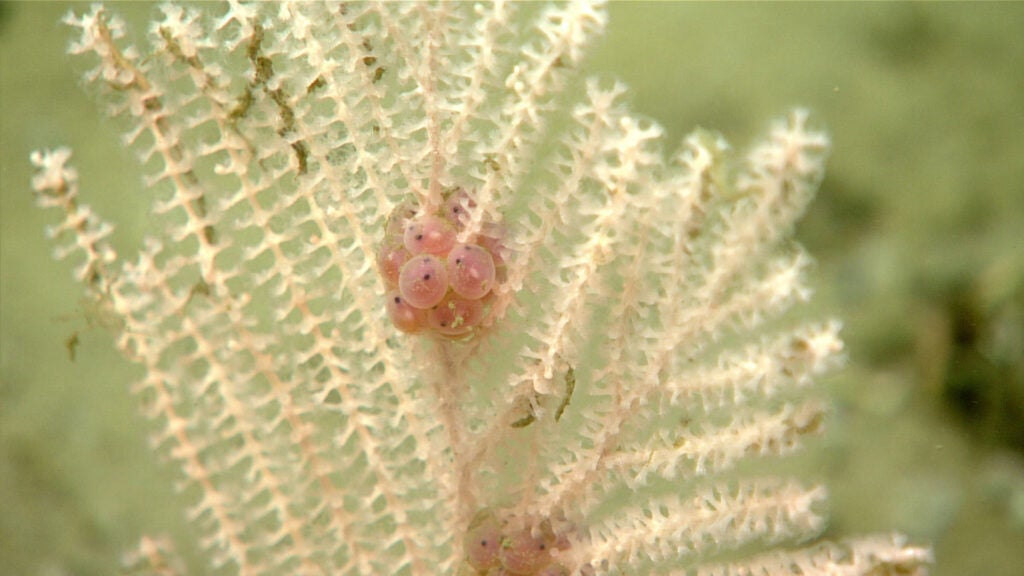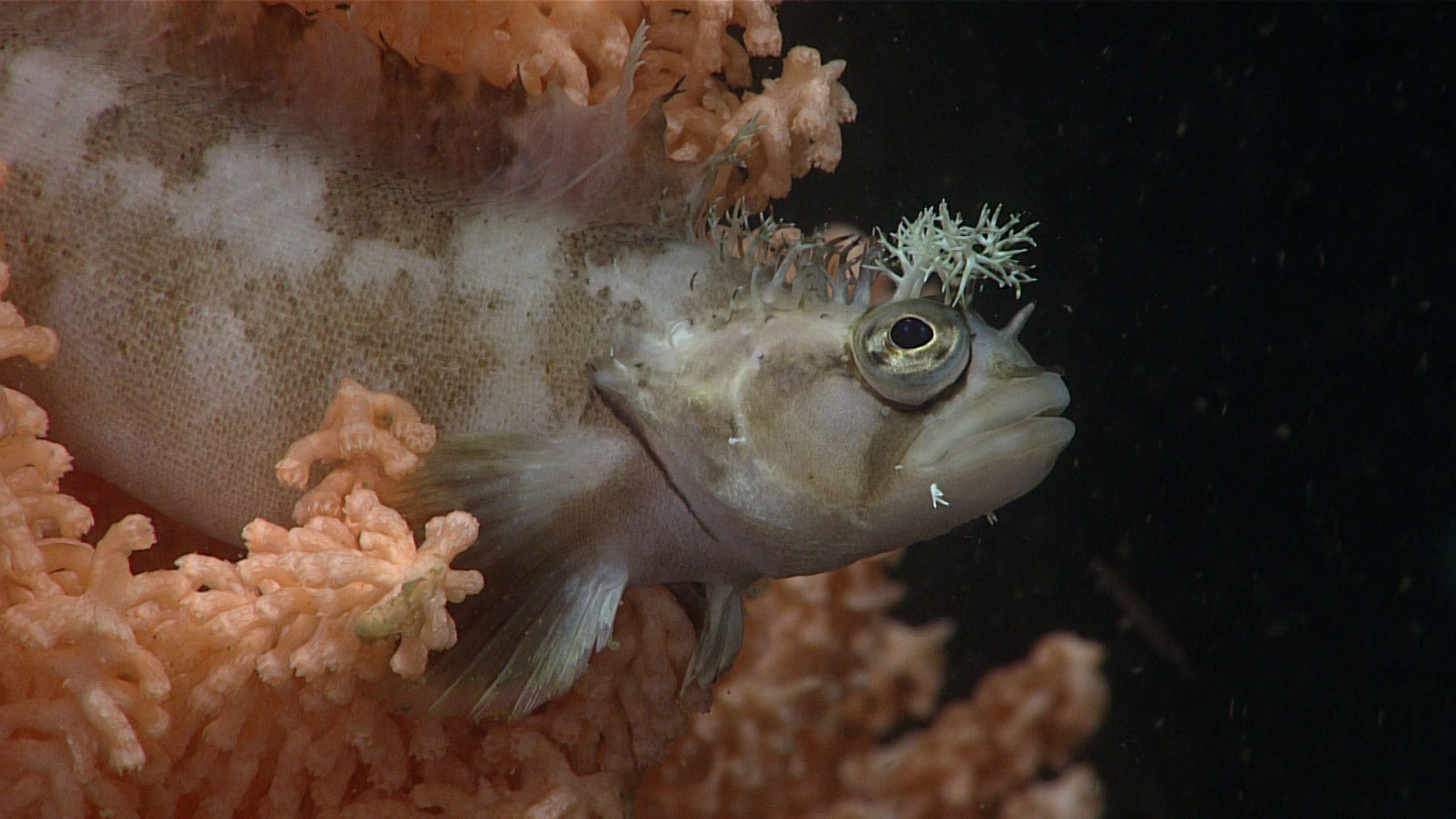Oceana Sues Federal Fishery Managers for Failure to Protect Alaska’s Seafloor Habitats
National Marine Fisheries Service did not use best available science or develop conservation alternatives to protect ocean habitats in the Gulf of Alaska as required under federal law
Contact
Oceana, represented by Earthjustice, filed a lawsuit in federal court arguing that the National Marine Fisheries (NMFS) failed to meet obligations under the Magnuson Stevens Fishery Conservation and Management Act and the National Environmental Policy Act (NEPA) to protect corals, sponges and other seafloor habitats from bottom trawling. The lawsuit was filed after NMFS and the North Pacific Fishery Management Council ignored and underrepresented the impacts of trawling and failed to develop or consider any habitat conservation actions, in violation of the law.
“Deep-sea coral and sponge ecosystems, some of which are hundreds of years old, can be destroyed by just one pass of a bottom trawl. Protecting fragile seafloor habitats that are important for breeding, feeding, and spawning is essential for healthy ocean ecosystems and for fisheries like halibut and crab,” said Ben Enticknap, Oceana’s Pacific campaign director and senior scientist. “As has been demonstrated off Alaska’s Aleutian Islands, by using the best available science and being proactive, fishery managers can protect ocean habitats while still allowing for trawling. Unfortunately, for the past decade, that’s not been happening.”

Outstretched tentacles of an orange anemone with small yellow amphipods swimming among them on the seafloor of the Gulf of Alaska. (Seascape Alaska / NOAA Ocean Exploration)
“NMFS ignored important obligations under both the Magnuson-Stevens Act and NEPA when it failed to adopt meaningful measures to five fishery management plans for the North Pacific Ocean to help protect corals, sponges, and important seafloor habitat from the destructive effects of trawling,” said Charisse Arce, Earthjustice Senior Attorney. “There have been massive changes in the North Pacific ecosystem and NMFS must be adopting management measures that proactively conserve and enhance essential fish habitat.”
In 2023 Oceana submitted a proposal to the Council that would protect 90% of the Gulf of Alaska from bottom trawl impacts, protecting thousands of sponges, deep-sea corals, and other sensitive and important habitats while displacing no more than 5% of existing trawl effort. The Council also heard testimony related to known coral gardens in areas open to trawling and in support of habitat protection and mitigation of trawl impacts. Yet the Council and NMFS elected to take no conservation actions at the end of their multi-year Essential Fish Habitat process.

Brittle stars carpet the seafloor at Surveyor Seamount in the Gulf of Alaska. (Seascape Alaska / NOAA Ocean Exploration)
According to the National Academy of Sciences, bottom trawling is the single greatest threat to habitat forming corals and other living seafloor habitats. Bottom trawl nets can be hundreds of feet wide and a mile long and dragged as long as 15 miles along the seafloor during a single tow. Trawl nets gouge the ocean floor and uproot and destroy the corals, sponges and associated marine life growing there. Throughout Alaska, trawl nets also catch and often waste salmon, halibut, crab and other species central to the lives of many Alaskans.
Recent expeditions by Oceana (2022) and National Oceanic and Atmospheric Administration (2023) documented unique seafloor ecosystems in the Gulf of Alaska, advancing the understanding of important ocean habitats and our ability to protect them. Some of the documented habitat areas, including fragile coral gardens, are currently in areas open to trawling.

A collection of small eggs, potentially from a snailfish, are attached to a coral on the seafloor of the Gulf of Alaska. Small black eyes can be seen through the egg cases. (Seascape Alaska / NOAA Ocean Exploration)
The Magnuson Stevens Fishery Conservation and Management Act requires that fishery managers use the best available science and identify conservation actions to protect essential fish habitats as part of their ongoing responsibility for the management of groundfish trawling and other federally managed Alaska fisheries. The National Environmental Policy Act further requires federal agencies adequately analyze the impacts of decisions that affect the environment.
The Gulf of Alaska is the last place in Alaska largely open to bottom trawling, where the footprint of bottom trawling is not limited. In past years federal fishery managers protected the central and western Aleutian Islands, where only 5% of the region is now open to bottom trawling. Fishery managers have taken similar action to prevent the expansion of trawling into the Northern Bering Sea and Arctic Ocean. Ninety percent of ocean waters off the U.S. West Coast are closed to bottom trawling, while areas important to bottom trawl fisheries remain open.
Earlier this year Representative Mary Peltola introduced federal legislation to prevent trawl fisheries from scraping corals and sponges off the seafloor and prevent wasteful bycatch. The Bottom Trawl Clarity Act calls on federal fishery managers to designate “Bottom Trawl Zones” open to trawling while protecting deep-sea coral and sponge ecosystems and conservation areas needed by fish species. All areas outside of designated bottom trawl zones would be closed.

A mother octopus guards a clutch of eggs attached to a rock in Noyes Canyon in the Gulf of Alaska. The eyes and tentacles of the baby octopuses can be seen within the eggs. (Seascape Alaska / NOAA Ocean Exploration)
This press release was distributed by Oceana. Oceana is the largest international advocacy organization dedicated solely to ocean conservation. Oceana is rebuilding abundant and biodiverse oceans by winning science-based policies in countries that control one-quarter of the world’s wild fish catch. With more than 300 victories that stop overfishing, habitat destruction, oil and plastic pollution, and the killing of threatened species like turtles, whales, and sharks, Oceana’s campaigns are delivering results. A restored ocean means that 1 billion people can enjoy a healthy seafood meal, every day, forever. Together, we can save the oceans and help feed the world. Visit oceana.org to learn more.

Additional Resources
About Earthjustice
Earthjustice is the premier nonprofit environmental law organization. We wield the power of law and the strength of partnership to protect people's health, to preserve magnificent places and wildlife, to advance clean energy, and to combat climate change. We are here because the earth needs a good lawyer.